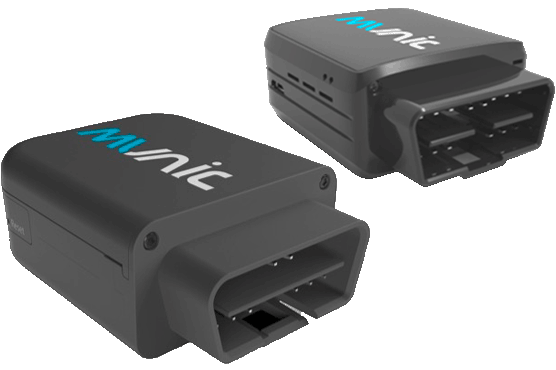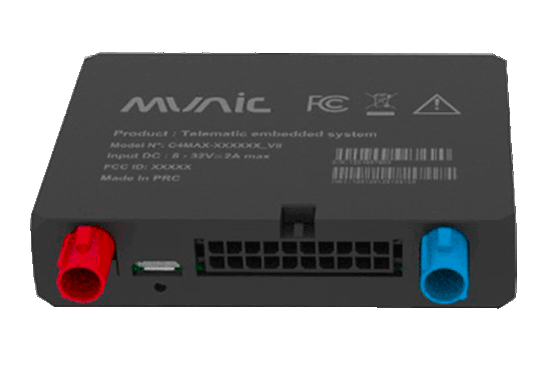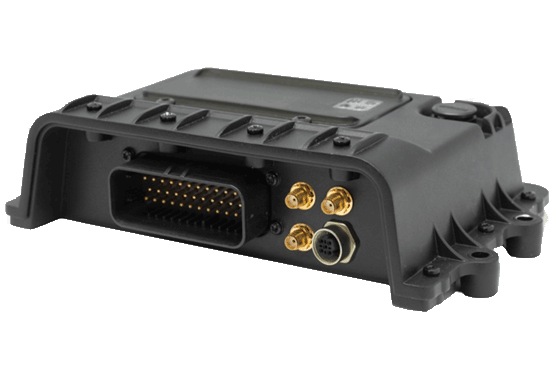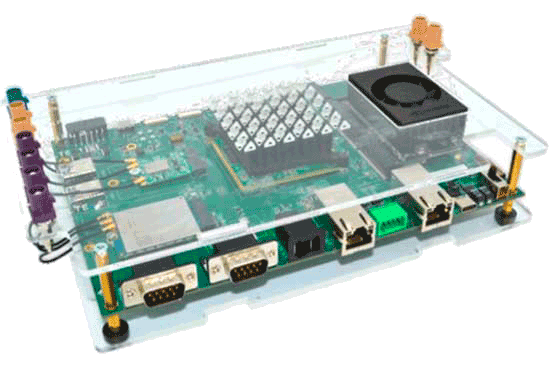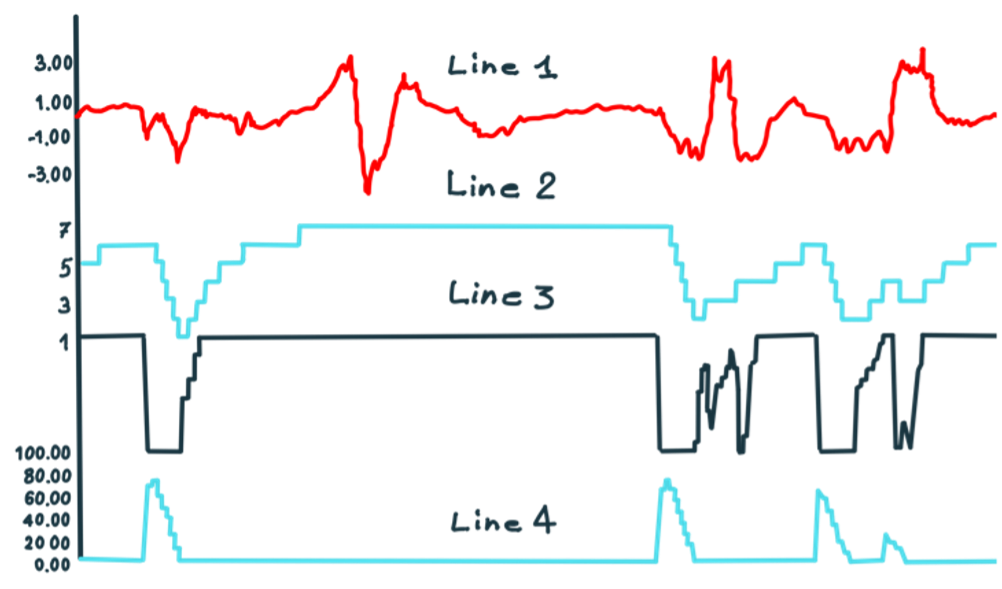Edge Computing Devices, Accessories & Services
Unprecedented Access to vehicle-data
and Processing Capabilities at most affordable prices
Edge Computing
in an OBD Dongle
C4 Dongle V8/V8+/DoIP
Unprecedented access to vehicle data
- LTE catM & cat 4
- best-in-class GNSS
- WiFi Hotspot & BLE
- Vehicle Data – 2xCAN + 6 switches
- Ethernet (DoIP) + switches
- Disruptive Services
- 100% self-install device
Wired, with additional interfaces
C4Max & C4Flex V8
Same capabilities + support for additional signals
- LTE catM & cat 4
- best-in-class GNSS
- WiFi Hotspot & BLE
- 2xCAN/J1708/J1939/K-Line
- RS232/RS485/LIN
- Digital & Analog IOs
- iButton, Card reader
- Tacho/SAT, accessories
Ruggedized Telematics Gateway, more interfaces
C4RMax & C4RFlex V8
Ruggedized, IP67/IP69K
more powerful & more I/Os
- Same as C4Max +
- Ethernet & SDCard support
- IP67/IP69K
- -40/+85°C battery
- +/- 36V ESD
- IK10 enclosure,
- ISO 16750 / MIL-STD-810 and SAE J1455 qualification
Edge Computing
in an OBD Dongle
Edge Computing Gateway with additional interfaces
Ruggedized Telematics Gateway,
more interfaces
Universal
Development Kit for IoT
Unprecedented Access
to Vehicle Data
How does it work ?
Unprecedented Access to Vehicle Data
How does it work ?
REGULATED FULL ACCESS to VEHICLE DATA
Our approach is highly pragmatic: vehicle diagnostics offer mature, well-regulated solutions for accessing any vehicle data through the standardized OBD port. Essentially, these are the tools used by workshop technicians to access all vehicle parameters.
What we’ve done is integrate a workshop tool into Munic’s Edge Computing devices, providing remote access to a professional diagnostics platform.
However, creating a competitive and reliable solution that’s always connected – even when the vehicle is in motion and not limited to workshop use – is no small feat.
We have spent over a decade developing it, leveraging diagnostic technologies and regulations, combined with Edge computing capabilities, and validating it across numerous projects and millions of vehicles worldwide.
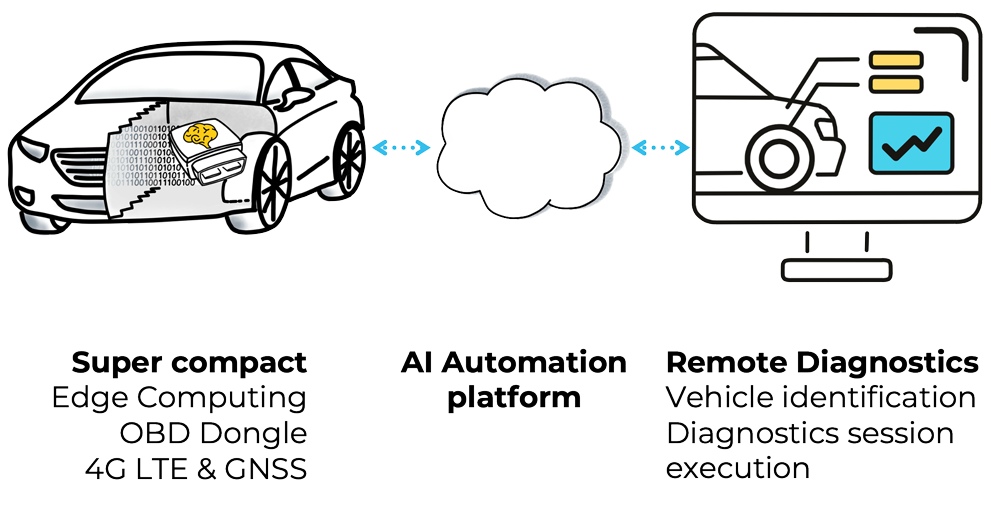
Edge Computing Architecture
All Munic Devices embed the same Morpheus OS, based on Linux
Morpheus Includes
below services
- Device health monitoring
- Device management & OTA
- Includes below services
- Power management
- Vehicle identification
- Vehicle communication
- Wireless communication
- Location Services
- Movement monitoring
Morpheus Includes
below services
- Device health monitoring
- Device management & OTA
- Includes below services
- Power management
- Vehicle identification
- Vehicle communication
- Wireless communication
- Location Services
- Movement monitoring
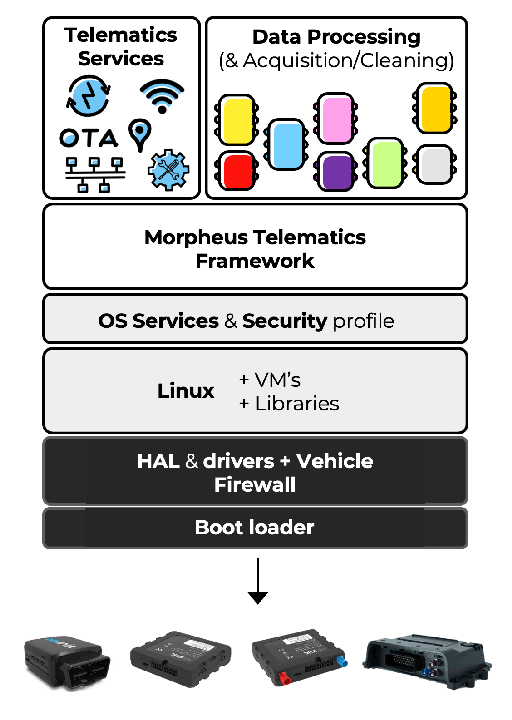
Also available, Munic & 3rd party advanced Services
- Remote diagnostics
- 12/24 V battery wear
- EV battery wear
- Tire wear
- Prognostics
- Crash detection & analysis
- Trip monitoring
- Driver profiling
- Precise fuel tank tracking
- Mileage fraud detection
Edge Programming tools
Various Configuration & programming tools are available for all Munic Devices
StateMachine
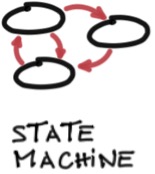
Multistacks

Morpheus SDK
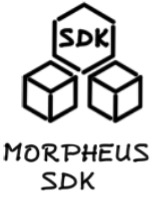
MSP (signal processing)
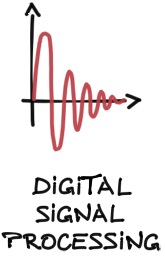
Driver profiling

Edge ML
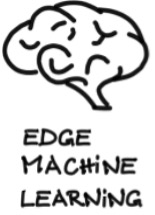
Data Consistency

Feature-rich OS
Munic devices embed a feature-rich OS and framework offering a wide range of configurable services to meet diverse project needs.
and customizable
For custom logic or third-party integrations beyond our extensive catalog, you can leverage the Morpheus programming tools.
C4 Dongle V8/V8+/DoIP
Unprecedented access to vehicle data
in self-install 4G catM/Cat 4 OBD Dongles
C4 Dongle V8 : 4G catM + GNSS + accelerometer
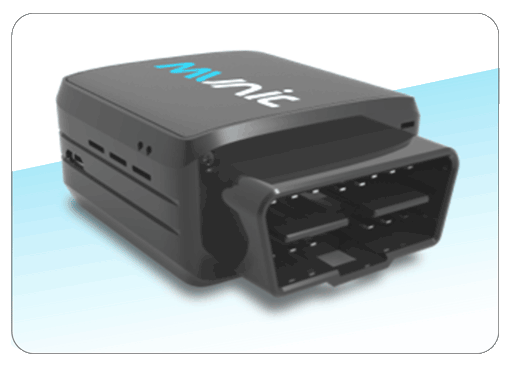
- Cortex A7 / 1.3 GHz (Arm V7, running Morpheus Linux based EDGE Computing OS) + 16 bits coprocessor
- Flash 256 Mbytes / Ram 256 Mbytes
- 4G catM (+ 2G fallback for EUR), support for most regions worldwide
- GNSS 4 simultaneous constellations / including A-GPS Long term ephemeris (u-blox M10050-KB, -167 dBm)
- accelerometer : ±2g/±4g/±8g/±16g, 16-bit, 1 kHz sampling (up to 3 kHz)
- Gyroscope : option ±125/±250/±500/±1000/±2000 °/sec
- WiFi 802.11 b/g/n (2.4GHz) & BLE 4. 2 : option
- OBD & vehicle protocols : CAN ISO 15765/15765-2, ISO 9141-2/ISO 14230 (KWP2000), SAE J1850 VPWSAE J1850 PWM + Single Wire CAN
- PIN Switcher (opto relays) : option, up to 6
- Internal battery : 450 mAh
- Power consumption in idle with wake-up on vehicle voltage cranks, USB and RTC: 850µA
- Operating temperature : -30°C / +65°C (without battery)
- Dimensions mm : 61 x 27 x 50 (48 x 27 x 50 without OBD connector)
- External power supply : 8 – 32 V
- 1 x bicolor LED
- Vehicle Data Disruptive Services
- 100% self install device
C4 Dongle V8+ : 4G cat4 & WiFi Hotspot + GNSS + accelerometer
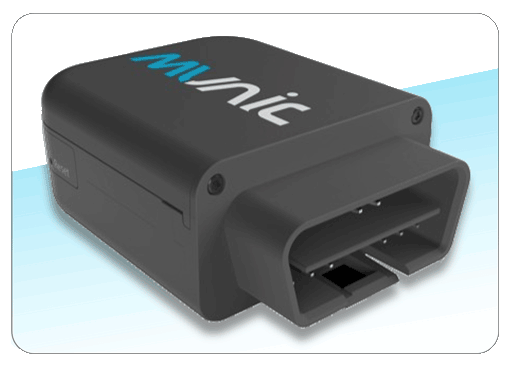
- Cortex A7 / 1.3 GHz (Arm V7, running Morpheus Linux based EDGE Computing OS) + 16 bits coprocessor
-
Flash 512 Mbytes / Ram 256 Mbytes
- 4G cat4 (with 2G fallback for EUR), support for most regions worldwide
- LDS cellular antennas
-
GNSS 4 simultaneous constellations / including A-GPS Long term ephemeris (u-blox M10050-KB, -167 dBm)
-
Accelerometer : ±2g/±4g/±8g/±16g, 16-bit, 1 kHz sampling (up to 3 kHz)
- Gyroscope : option ±125/±250/±500/±1000/±2000 °/sec
- WiFi 802.11 b/g/n/ac (2.4/5GHz) & BLE 5.0
- OBD & vehicle protocols : CAN ISO 15765/15765-2, ISO 9141-2/ISO 14230 (KWP2000), SAE J1850 VPWSAE J1850 PWM + Single Wire CAN
- PIN Switcher (opto relays) : option, up to 6
- Internal battery : 270 mAh
- Power consumption in idle with wake-up on vehicle voltage cranks,
USB and RTC: 1 mA - Operating temperature : -30°C / +65°C (without battery)
- Dimensions mm : 71 x 27 x 51 (56 x 27 x 51 without OBD connector)
- External power supply : 8 – 32 V
- 2 x bicolor LEDs
- Vehicle Data Disruptive Services
- 100% self install device
C4 Dongle V8+ DoIP 4G cat 4 with GNSS, and universal vehicle data access

- Cortex A7 / 1.3 GHz (Arm V7, running Morpheus Linux based EDGE Computing OS) + 16 bits coprocessor
-
Flash 512 Mbytes / Ram 256 Mbytes
- 4G cat4 (with 2G fallback for EUR), support for most regions worldwide
- LDS cellular antennas
-
GNSS 4 simultaneous constellations / including A-GPS Long term ephemeris (u-blox M10050-KB, -167 dBm)
-
Accelerometer : ±2g/±4g/±8g/±16g, 16-bit, 1 kHz sampling (up to 3 kHz)
- Gyroscope : option ±125/±250/±500/±1000/±2000 °/sec
- WiFi 802.11 b/g/n (2.4) & BLE 4.2
- CAN FD : 2
- Ethernet / DoIP : 1
- OBD & vehicle protocols : CAN ISO 15765/15765-2, ISO 9141-2/ISO 14230 (KWP2000), SAE J1850 VPWSAE J1850 PWM + Single Wire CAN + DoIP
- PIN Switcher (opto relays) : 13
- Internal battery : 270 mAh
- Power consumption in idle with wake-up on vehicle voltage cranks,
USB and RTC: 1 mA - Operating temperature : -30°C / +65°C (without battery)
- Dimensions mm : 71 x 27 x 51 (56 x 27 x 51 without OBD connector)
- External power supply : 8 – 32 V
- 2 x bicolor LEDs
- Vehicle Data Disruptive Services
- 100% self install device
Hardware architecture of C4 Dongles V8 & V8+
What’s important about Munic Devices, beyond vehicle data access:
- High Performance electronics architecture
- Optimized components & production costs
- Reliability with
Advanced qualification & production tests - Powerful Software architecture with
optimized Linux integration
- High Performance electronics architecture
- Optimized components & production costs
- Reliability with Advanced qualification & production tests
- Powerful Software architecture with optimized Linux integration
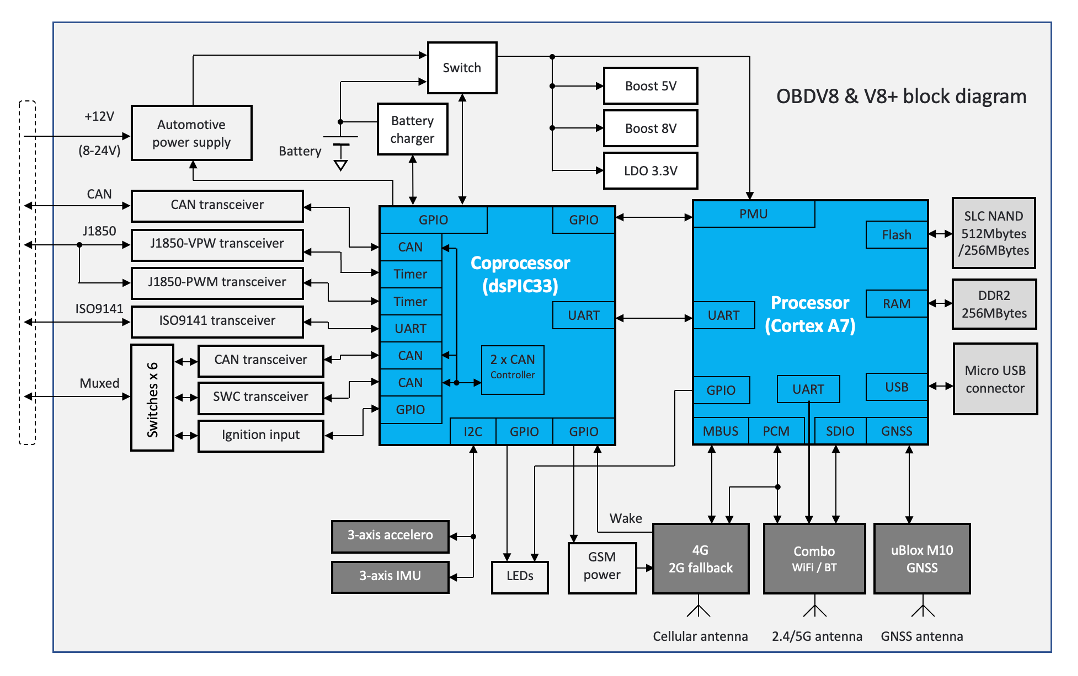
C4Max
& C4Flex V8
C4Max & C4Flex Gateways
Unprecedented access to vehicle data
+ multiple I/Os
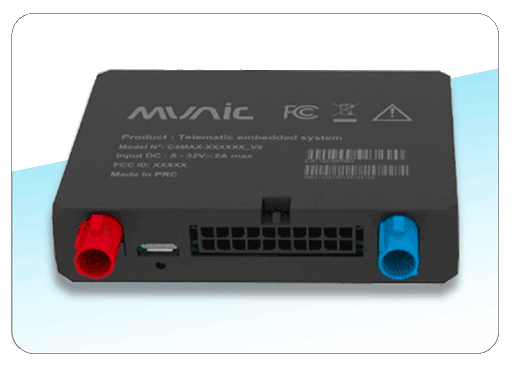
- Cortex A7 / 1.3 GHz (Arm V7, running Morpheus Linux based EDGE Computing OS) + 16 bits coprocessor
-
Flash 256 Mbytes / Ram 256 Mbytes
- 4G catm or cat 4 (with 2G fallback for EUR), support for most regions worldwide
-
GNSS 4 simultaneous constellations / including A-GPS Long term ephemeris (u-blox M10050-KB, -167 dBm)
-
Accelerometer : ±2g/±4g/±8g/±16g, 16-bit, 1 kHz sampling (up to 3 kHz)
- Gyroscope : option ±125/±250/±500/±1000/±2000 °/sec
- WiFi 802.11 b/g/n (2.4/5 GHz) & BLE 4.2
- CAN bus : up to 2
- OBD : CAN ISO 15765/15765-2, Single Wire CAN, ISO 9141-2/ISO 14230 (KWP2000), J1939
- RS232 : 1
- RS485 : 1
- J1708 : 1 (shared with RS485)
- 1-Wire : 1
- Digital Inputs : 4
- Digital outputs : 2
- Analog inputs : 2
- Internal battery : 450 mAh
- Power consumption in idle with wake-up on vehicle voltage cranks,
USB and RTC: 1 mA - Operating temperature : -30°C/+65°C (without battery)
- Dimensions mm : 80.5 x 74 x 19
- External power supply : 8 – 32 V
- Load dump protection
- 1 bicolor LED
Accessories
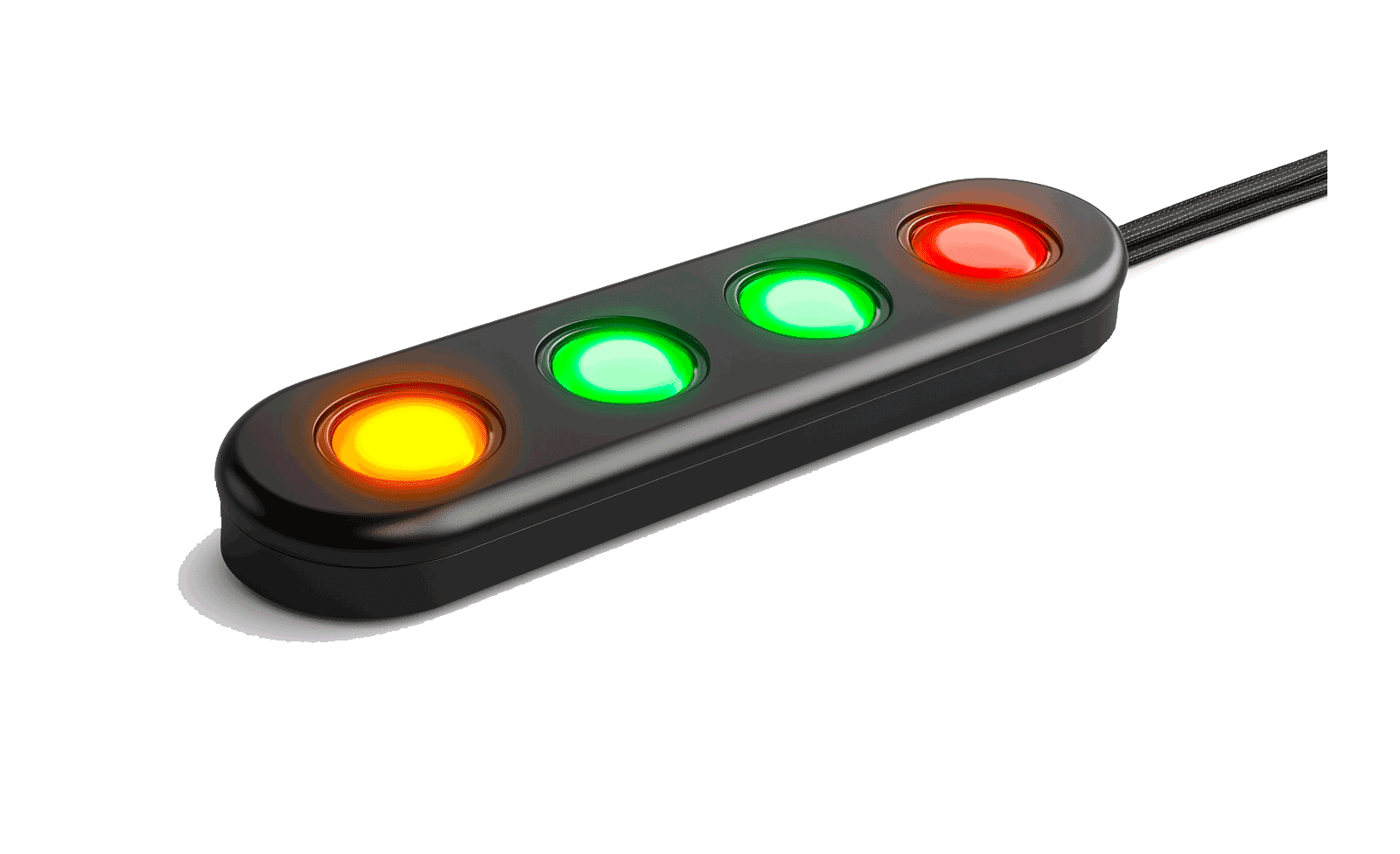
In cabin coaching display
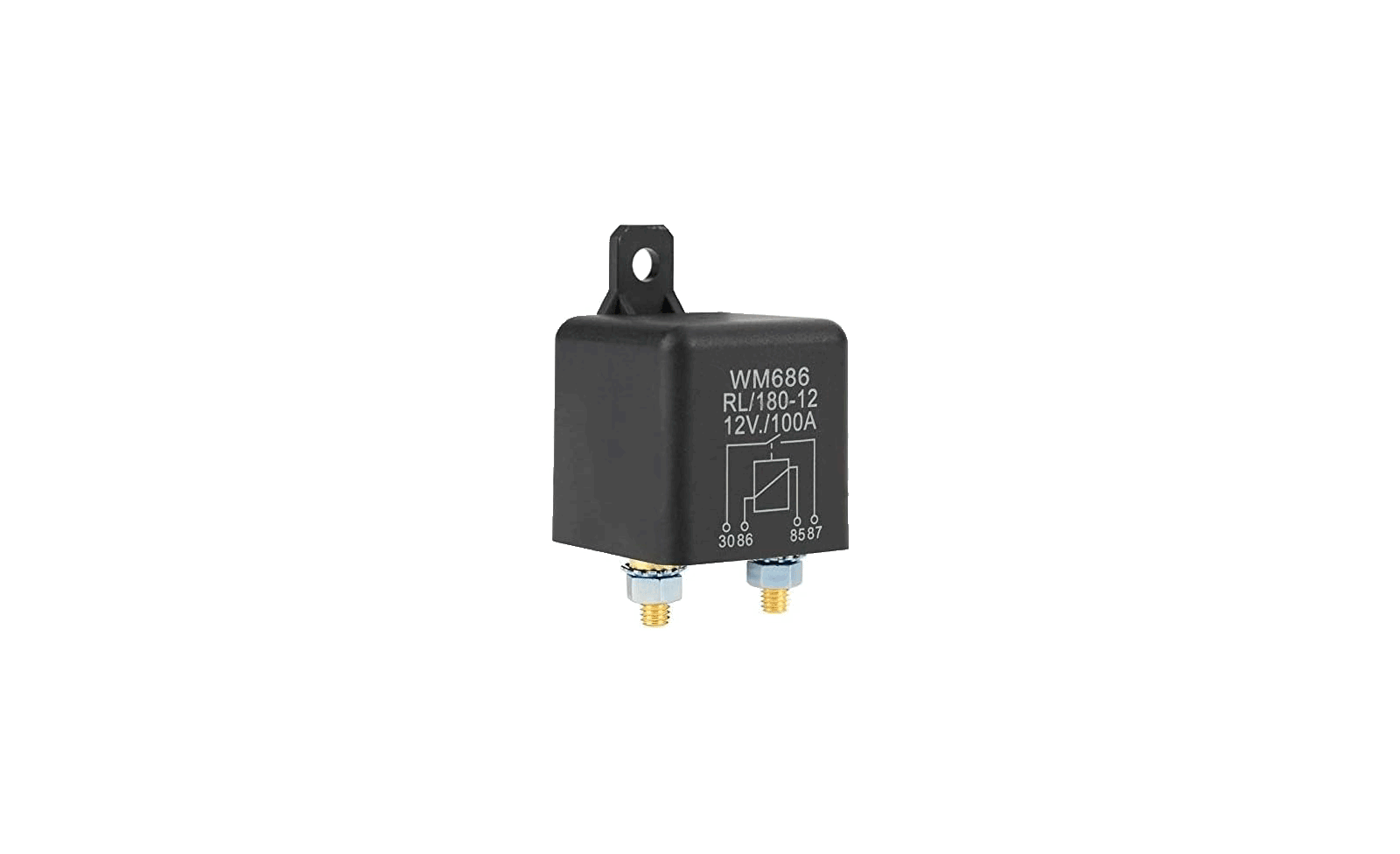
immobilizer

Satellite communication

Tachograph interface (Europe)
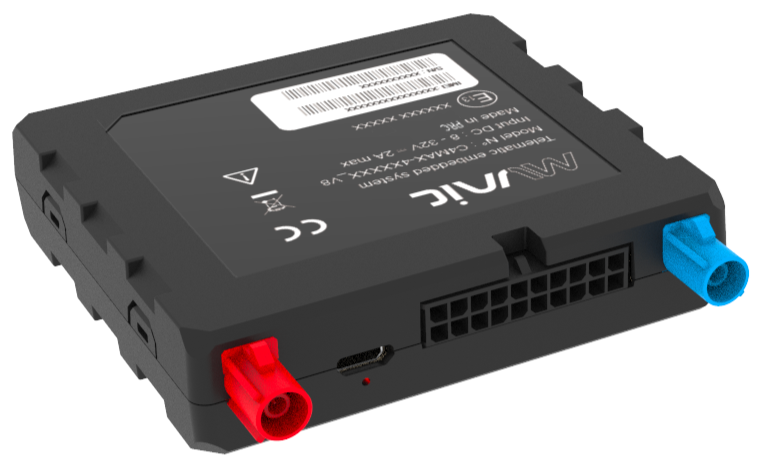

BLE Beacon
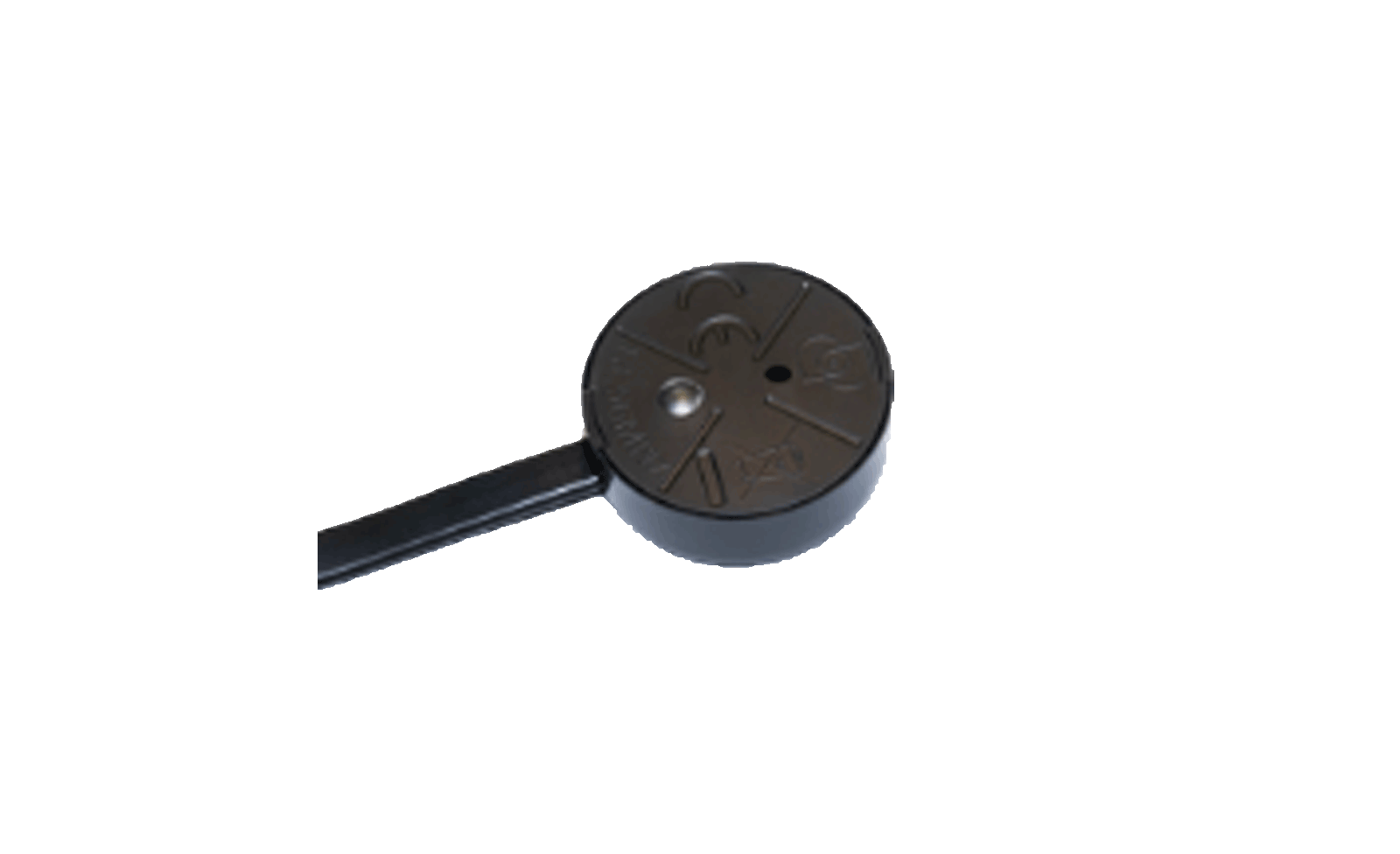
RFID card reader
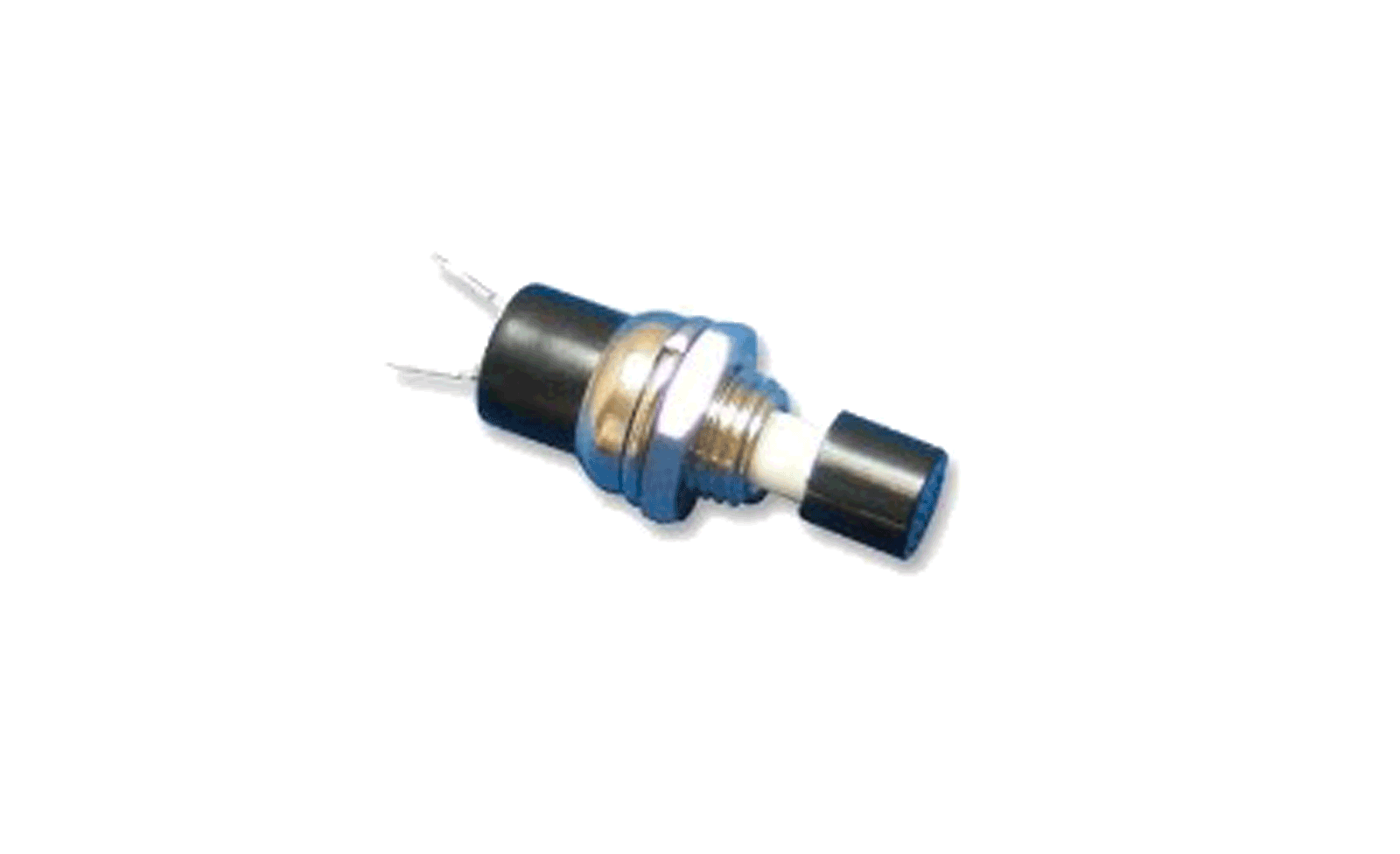
Alarm button
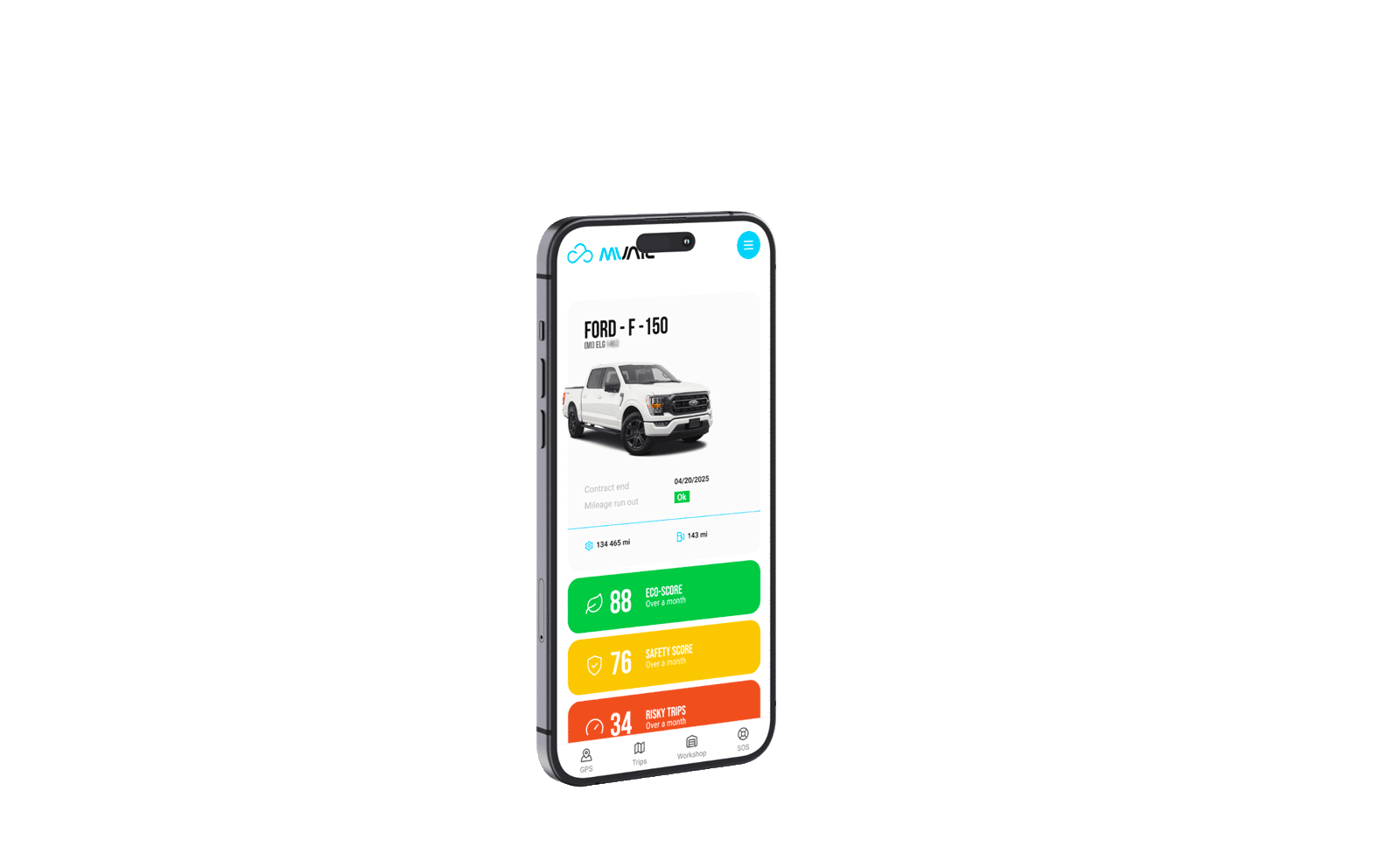
EKKO SDK
(Smartphone or Web App Studio)
C4RMax & C4RFlex V8
Ruggedized, IP67/IP69K
more powerful & more I/Os
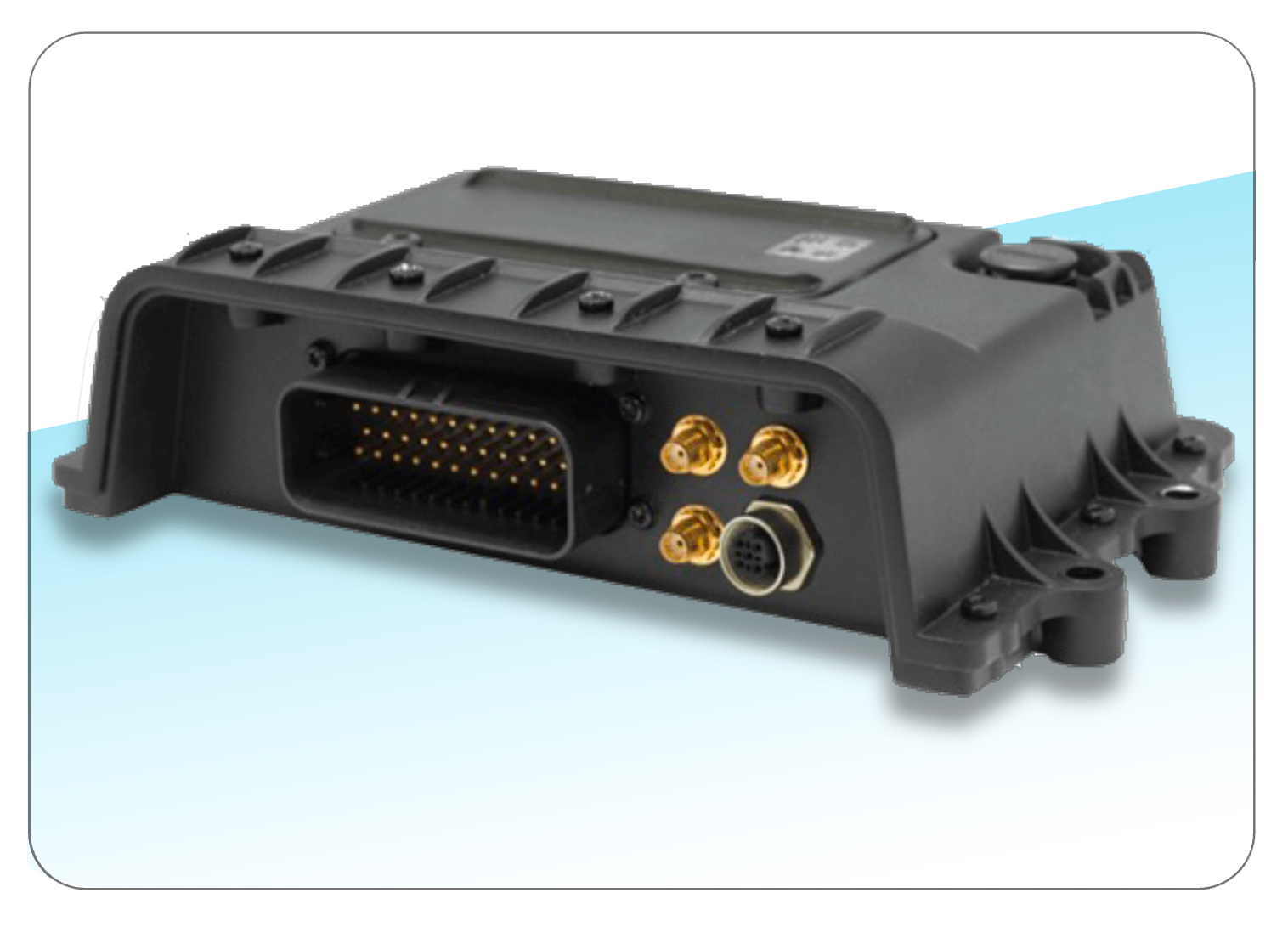
- Cortex A7 / 1.3 GHz (Arm V7, running Morpheus Linux based EDGE Computing OS) + 16 bits coprocessor
-
Flash 256 Mbytes / Ram 256 Mbytes
- 4G cat 1 or cat 4 (with 2G fallback for EUR), support for most regions worldwide
-
GNSS 4 simultaneous constellations / including A-GPS Long term ephemeris (u-blox M10050-KB, -167 dBm)
-
Accelerometer : ±2g/±4g/±8g/±16g, 16-bit, 1 kHz sampling (up to 3 kHz)
- Gyroscope : option ±125/±250/±500/±1000/±2000 °/sec
- IMU
- WiFi 802.11 b/g/n/ac (2.4 GHz) & BLE 5
- CAN bus : up to 2
- OBD : CAN ISO 15765/15765-2, Single Wire CAN, ISO 9141-2/ISO 14230 (KWP2000), J1939
- Ethernet 10/100BASE-TX M12 connector
- RS232 : 2 (1 with RX/TX, 1 with RX/TX/RTS/CTS)
- RS485 : 1
- J1708 : 1 (shared with RS485)
- 1-Wire : 1
- Digital Inputs : 4
- Digital outputs : 2
- Analog inputs : 2
- Internal battery : 2500 mAh (5000 option)
- Power consumption in idle with wake-up on vehicle voltage cranks,
USB and RTC: 1 mA - Operating temperature : -30°C/+65°C (without battery)
- Dimensions mm : 201 x 126 x 56
- External power supply : 8 – 32 V
- Load dump protection
- Extended Protection grade : IP67
- Ruggedized : IK 10 – ISO16750 / MIL-STD-810 and SAE J1455 +/- 36V ESD
- 2 bicolor LEDs
UDK4IoT
All possible HW & SW
features packed in this
universal platform

- 4x Arm® Cortex-A53 @ 1.8 GHz + 1x Arm® Cortex-M7 @ 800 MHz & Cadence® Tensilica® HiFi4 DSP @ 800 MHz, running Morpheus Linux based EDGE Computing OS
-
6 GB LPDDR4 – 32 GB eMMC 5.1 – 32 MB QSPI NOR
-
Nvidia Jetson Orin NX 16G w/ 16 GB Ram
- 5G RedCap or 4G cat4
-
GNSS : 1 cm precision with L1/L2/L5 bands and RTK / anti spoofing + anti jamming
-
Accelerometer : ±2g/±4g/±8g/±16g, 16-bit, 1 kHz sampling (up to 3 kHz)
- Gyroscope : option ±125/±250/±500/±1000/±2000 °/sec
-
WiFi 6 & BT 5.3
- 2/4 Camera interface (CSI 4 lanes / CSI 2 lanes)
- Display interface : HDMI type A / DSI on 22 pins FTP connector
- 3 x USB3 (2 type A + 1 type C)
- 4 x CAN-FD
-
J1708/RS485 (shared)
-
LIN/KLINE (shared)
- Ethernet 100BASE-T1 (Ethernet Auto)
- 2 x RS232
- 4 Digital I/Os (configurable)
- 2 Analog inputs
- 1-wire
-
Additional SSD option (NVME SSD (250 GB, 500GB or 1To)
- Multiple MEMs options
- Dimensions mm : 71 x 27 x 51 (56 x 27 x 51 without OBD connector)
Unique Services enabled by MUNIC Devices
See below some of the unique services enabled by MUNIC Edge Computing Devices
12V/24V Remote Battery SoH
with 12/24V battery manufacturer
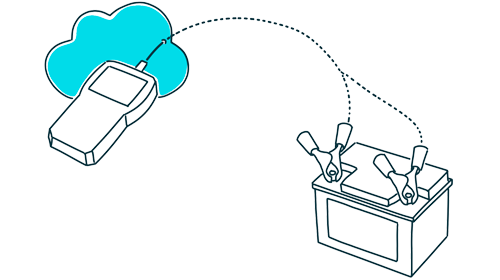
EV Battery wear detection
with EV expert
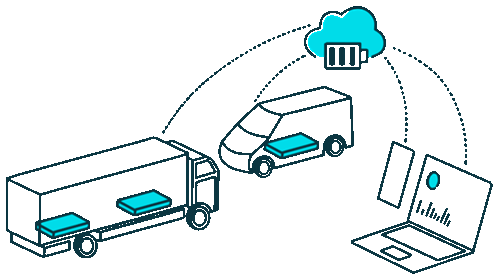
Tire wear detection
with Tire manufacturer

Fraud Mileage Detection
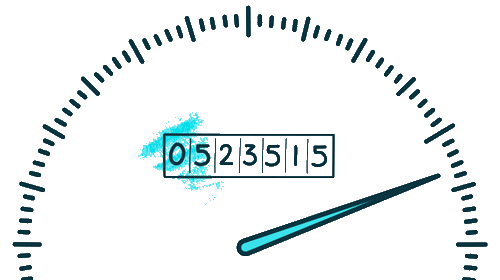
Vibration analysis (Crash Detection, disturbance, theft…)
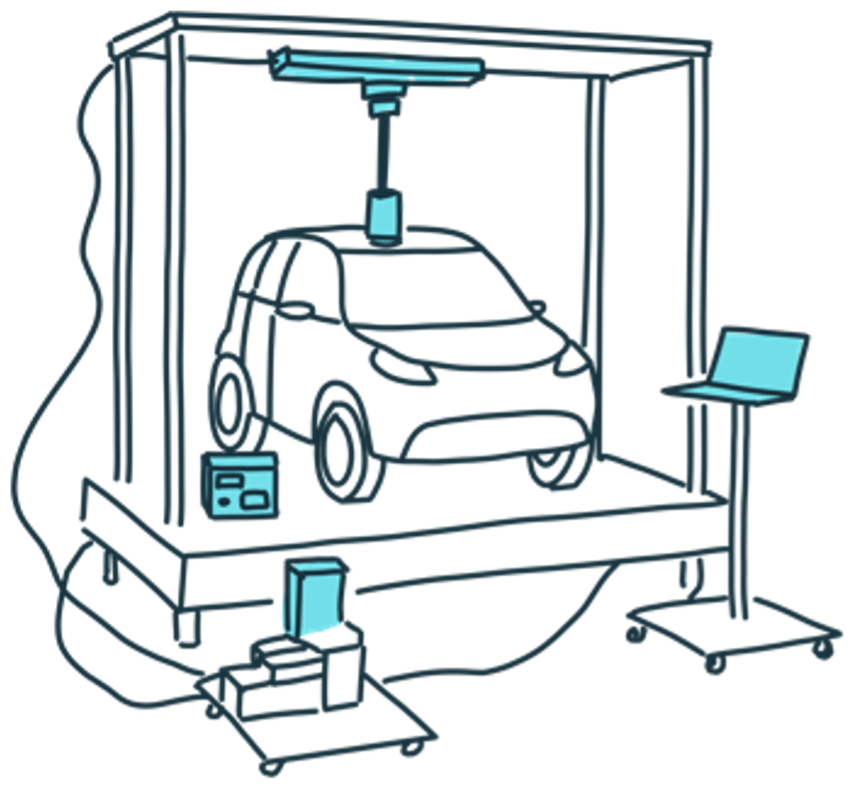
Full Remote Vehicle Diagnostic (SCAN)
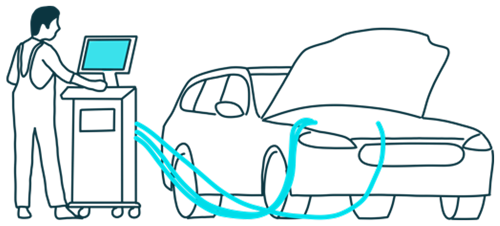
More about vehicle data access & decoding
6-D approach to vehicle data access
With a unique 6-D approach to vehicle data access, MUNIC new OBD Dongles and TCUs grant comprehensive and reliable coverage for most vehicles including EVs. Details about this 6D
The data set includes dashboard mileage & fuel, next service, full OEM DTC scan, intelligent crash detection, battery wear, and for EVs, battery charge and current, health certificate…
Easy to use, as well as customizable with Morpheus OS based on Linux.
Programming & OTA has never been so easy and reliable with Morpheus powerful SDK & tools.
Rich peripheral set & libraries, Bluetooth, WiFi hotspot, CAN & CAN FD, Dash cam, various I/Os, driver identification, door lock/unlock, anti-start relay, windshield breakage detection, tire wear …
Last, and essential for business, MUNIC devices have the highest quality scores and competitive prices.
The 6-D approach to vehicle data access:
1. Vehicle Coverage: International regulations (Europe, North America…) mandate fair access to vehicle protocols specifications to Diagnostics Solutions providers. Leveraging diagnostics solutions and regulations at large scale, enables MUNIC devices to access raw vehicle data from almost all vehicles.
2. Data range: Diagnostics standards, which are supported by all vehicles, provide a very deep access to onboard data for multiple purposes: repair & maintenance, inspection, tuning & calibration, vehicle software update… Extensive support of the diagnostics standards enables Munic devices to access to very large sets of data from vehicles.
3. Automation: reliability, cost efficiency and scalability imply a full automation of vehicle data access. Automatic loading of the appropriate vehicle stack in the device attached to a specific vehicle, unloading/loading a new one in case of swap, gathering vehicle information from 3rd party data bases, this implies a reliable and safe vehicle identification and automation process.
4. Data consistency: automatic access to vehicle data implies continuous verification of accuracy, unlike for workshop operations where the technician can verify manually the results. This is done through MUNIC DCW – Data Consistency Watcher – service.
5. Vehicle Compatibility: Diagnostics solutions are designed for Workshop usage and manual operation, not for full continuous operation on the road. For instance, vehicles tend not to support diagnostics queries in certain modes, with varying reactions. Full compatibility implies the automatic detection and adaptation to all these modes for all vehicles.
6. Information Extraction: Some information such as dashboard mileage is directly useful. Others requires a filtering and in many cases significant processing to extract useful and actionable information. For instance, reading fuel tank level poses several challenges: it’s very often unprecise, and for several vehicles the information available is the fill percentage and not the quantity. Therefore, the system must automatically retrieve from other sources the tank size, which depends a lot on vehicle make/model/year. That is a rather simple case. Trouble codes (DTC) interpretation, prognostic… tend to be way more complex. Information extraction requires both Edge computing and Cloud computing capabilities. Regarding Edge Computing, it is not enough for the device to embed a microcontroller or microprocessor & associated software: it requires a powerful embedded software architecture (OS + framework and comprehensive security mechanism) enabling anyone to add software features, including resource demanding ones inside the device, in an independent yet secure way. This enables authorized parties to remotely implement and operate appropriate algorithms onboard whenever necessary. Of course, such access must comply with all applicable regulations, standards, and best practices.
Above 6 main principles are essential for vehicle data access, and all Munic devices implement this 6D approach, which has been developed and validated on millions of devices in the field in Europe, the Americas, and many other regions in the world.

Contact : info@munic.io
for 20+ years we strive to provide innovative devices with lowest price and highest quality
Munic.io Edge Computing Platform & Vehicle Data Services – 2024

